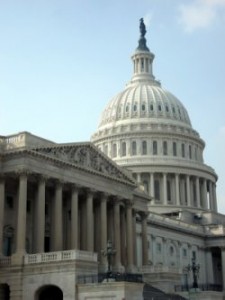March Sees Falling Unemployment in Vast Majority of U.S. Cities

One positive indication of a slowly improving job market includes a rise in metro areas with unemployment rates of 7 percent and below. Though 44 cities have consistently exhibited unemployment rates at or above 10 percent, this number is down from 113 in March 2012. Those metro areas with the largest decline between February and March were Blacksburg-Christiansburg, VA, falling from 7 percent to 5.6 percent. The second largest drop occurred in Florence-Muscle Shoals, AL, falling from 7.7 percent to 6.4 percent. Other over-the-month winners include Panama City-Lynn Haven, FL, Myrtle Beach, SC, and Springfield, IL.
Those metro areas with the biggest unemployment increases were Baton Rouge, LA, rising from 5.5 percent to 5.8 percent over the month and Bowling Green, KY, rising from 7.4 percent to 7.8 percent. The lowest unemployment rate was found in Midland, Texas at 3.1 percent. The highest unemployment rate was found in Yuma, AZ at 26 percent which plays host to a large population of migrant farm workers.

